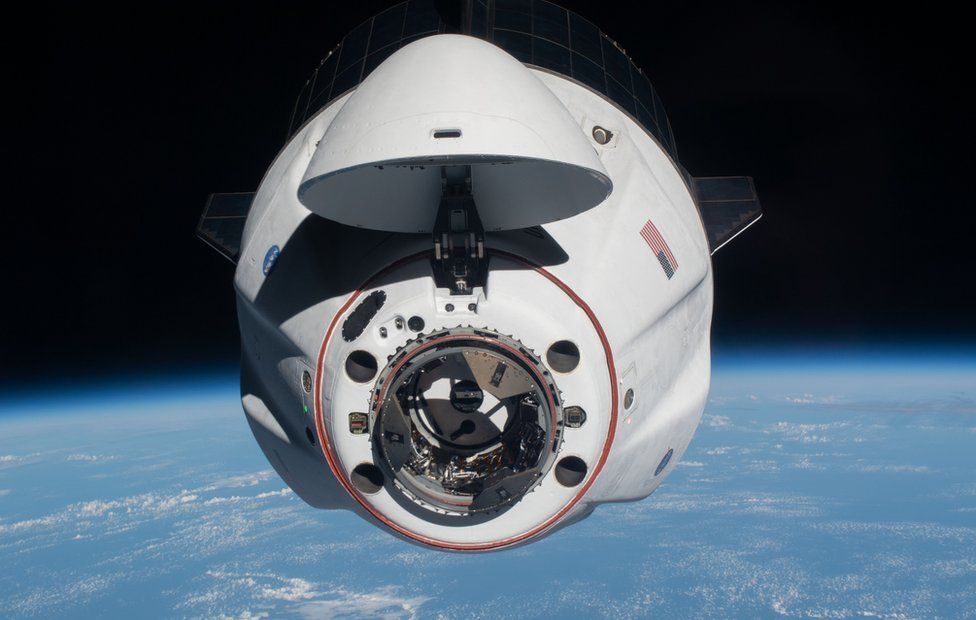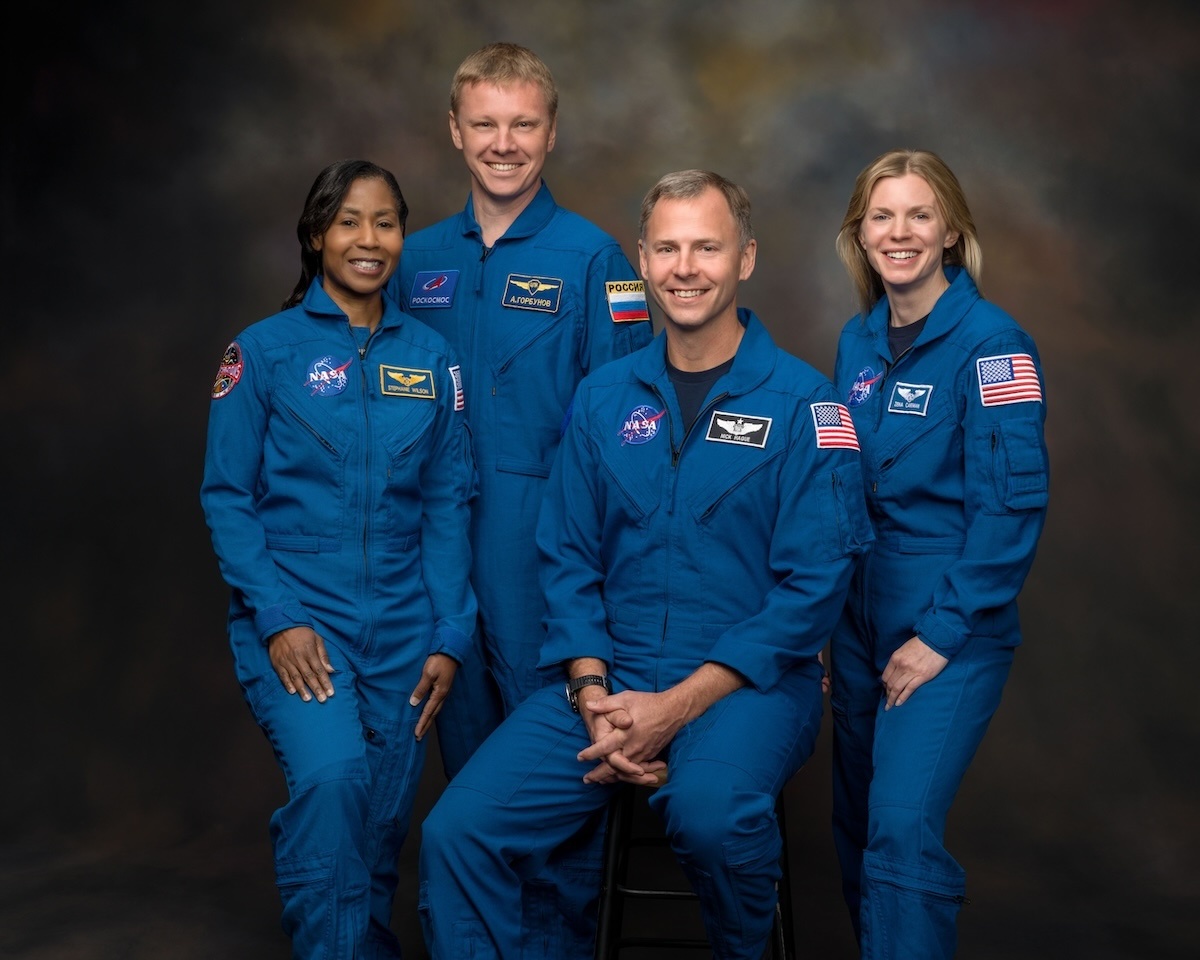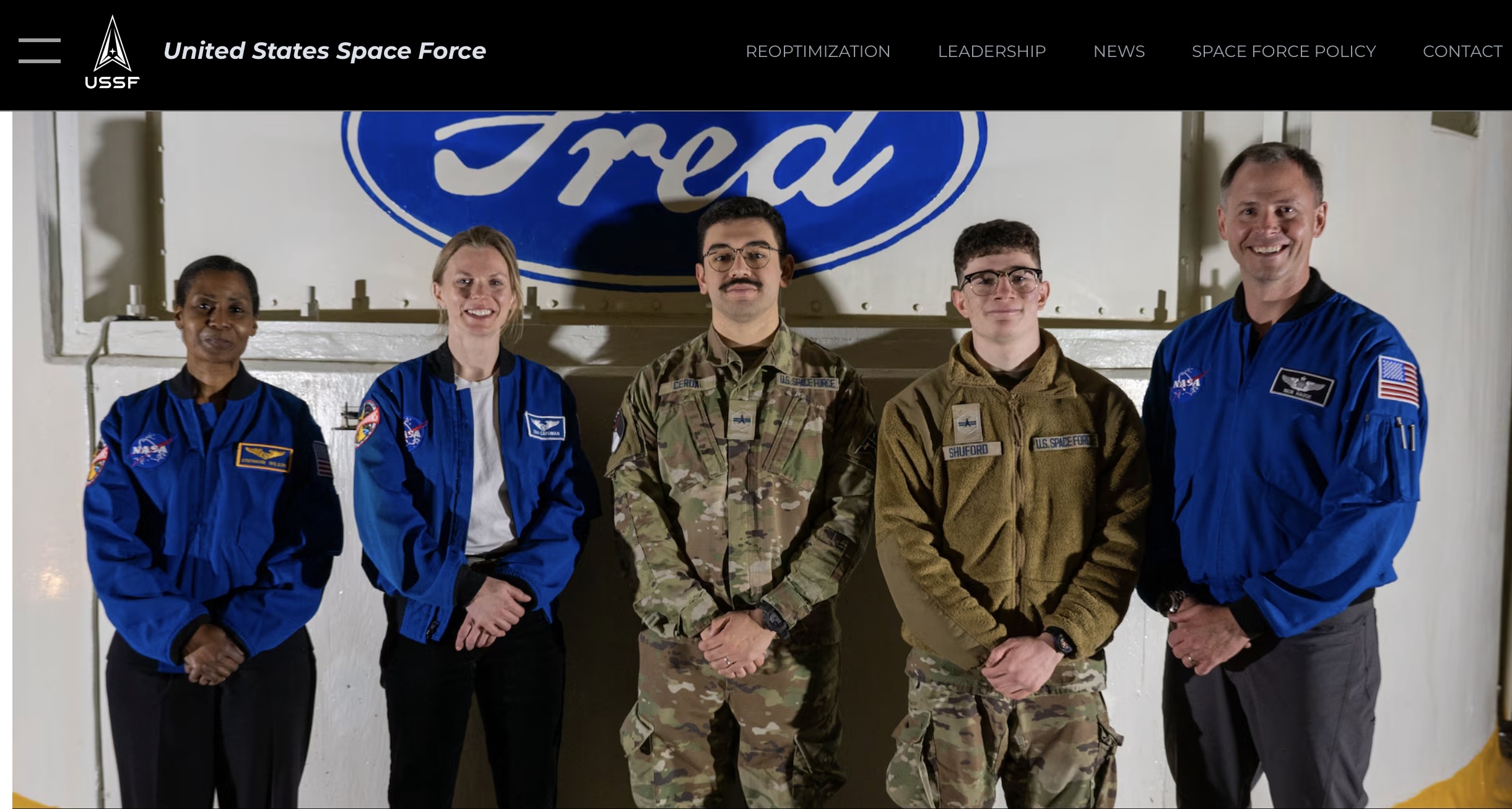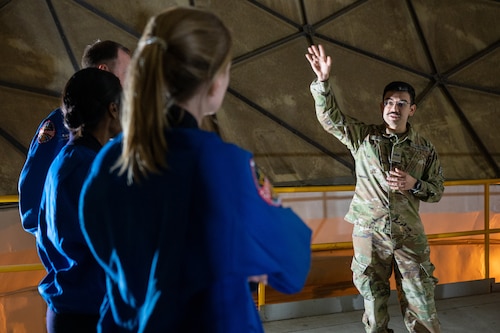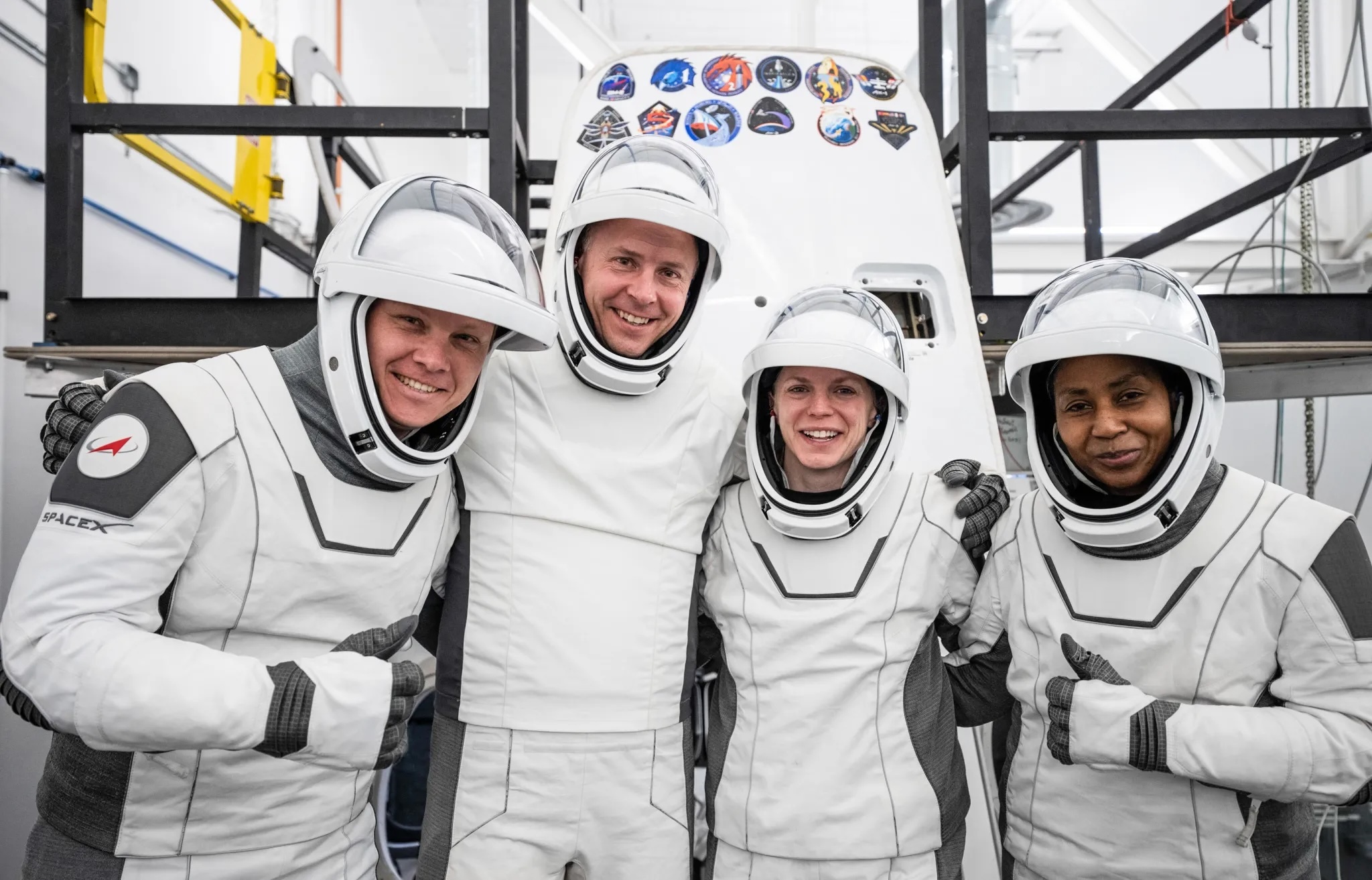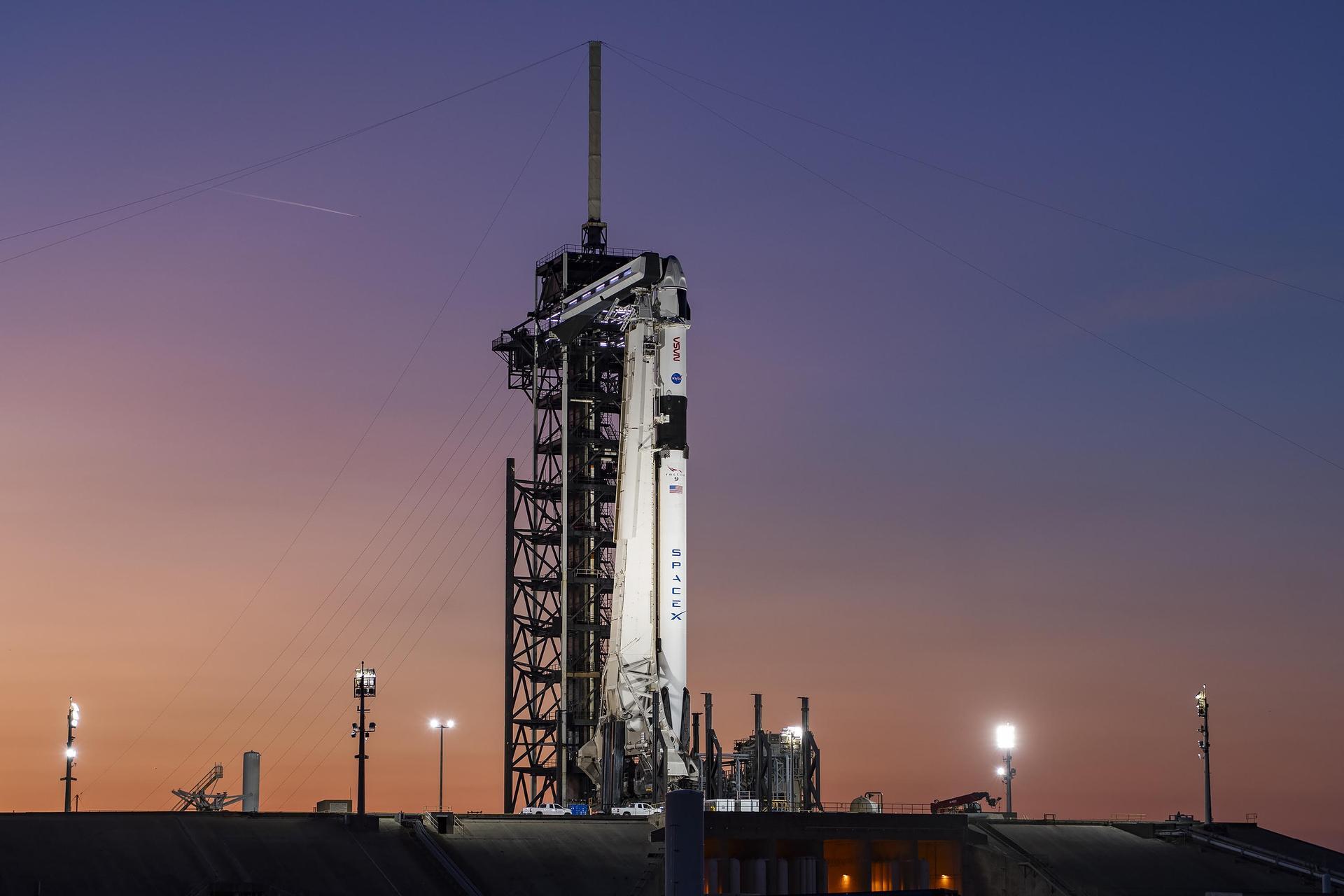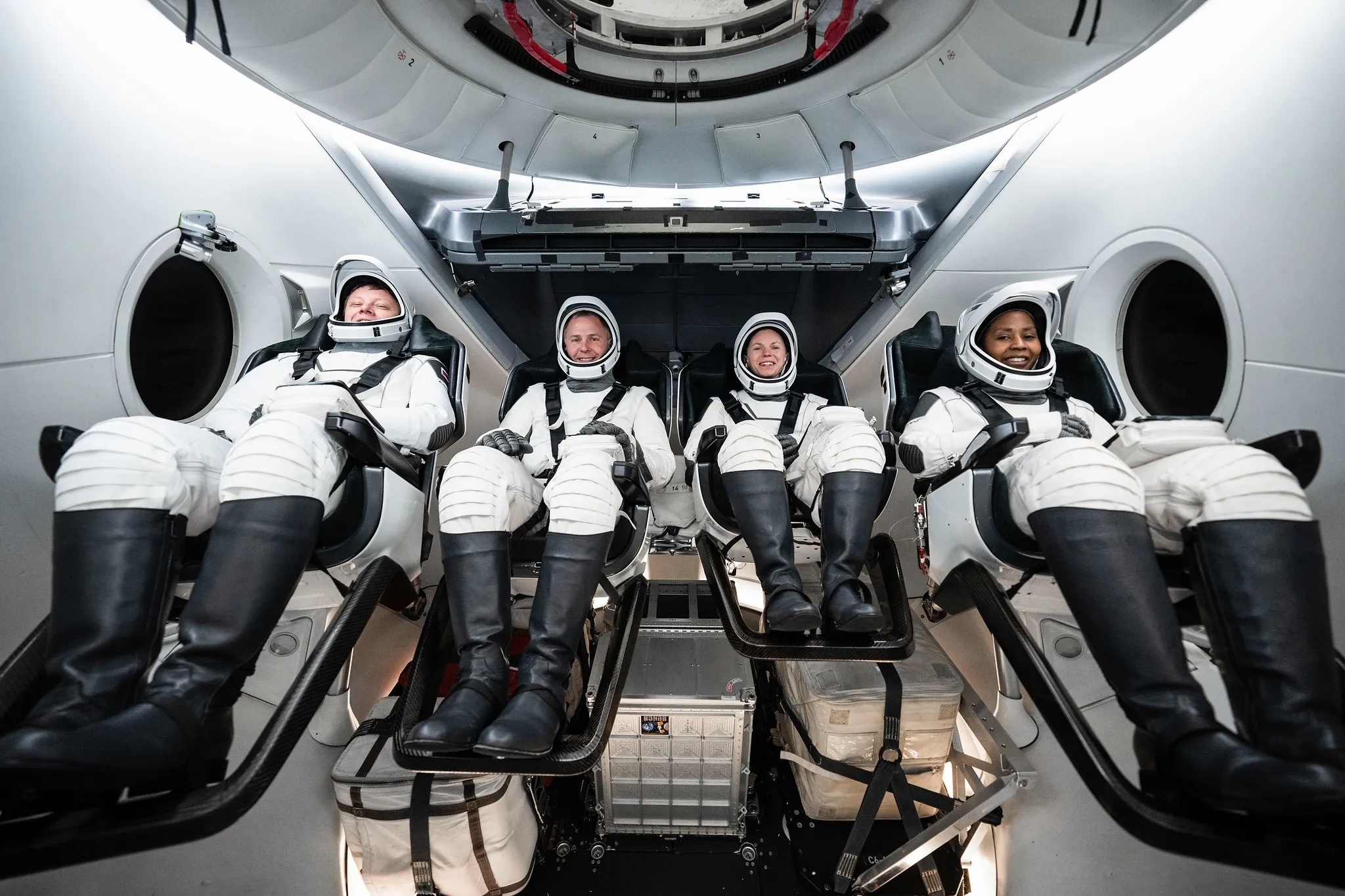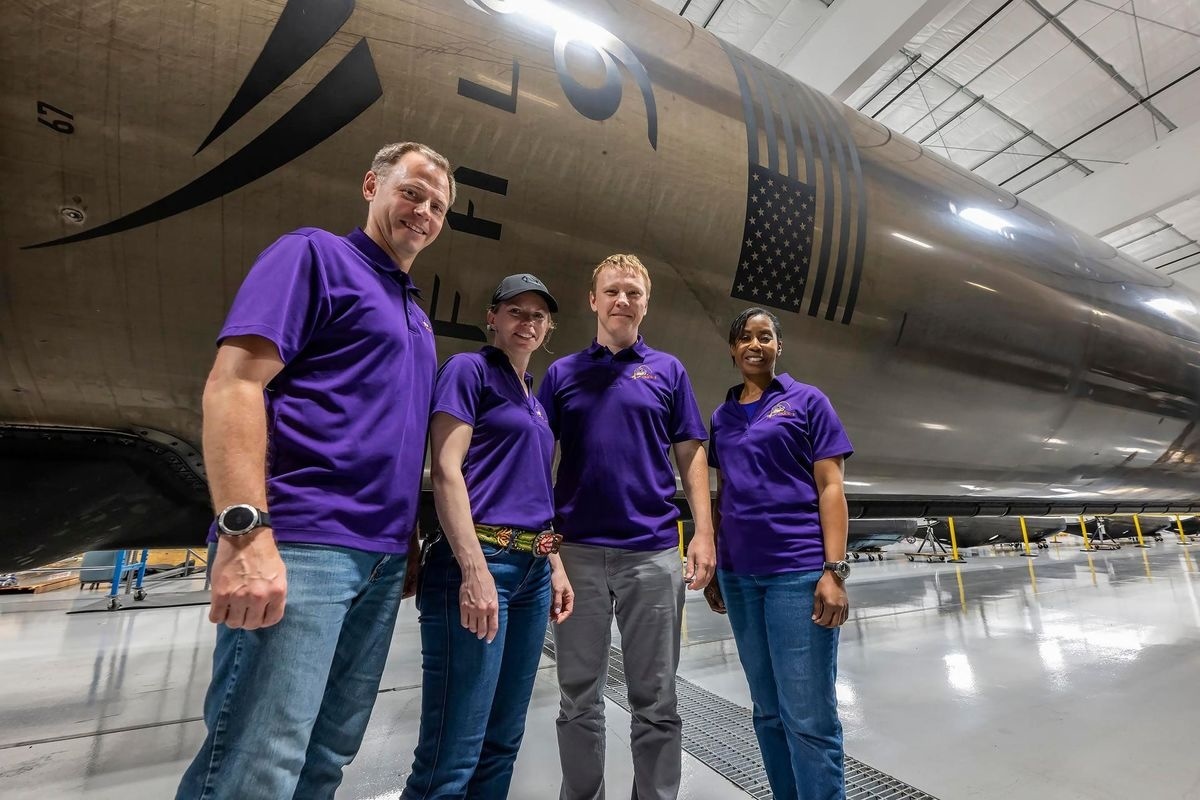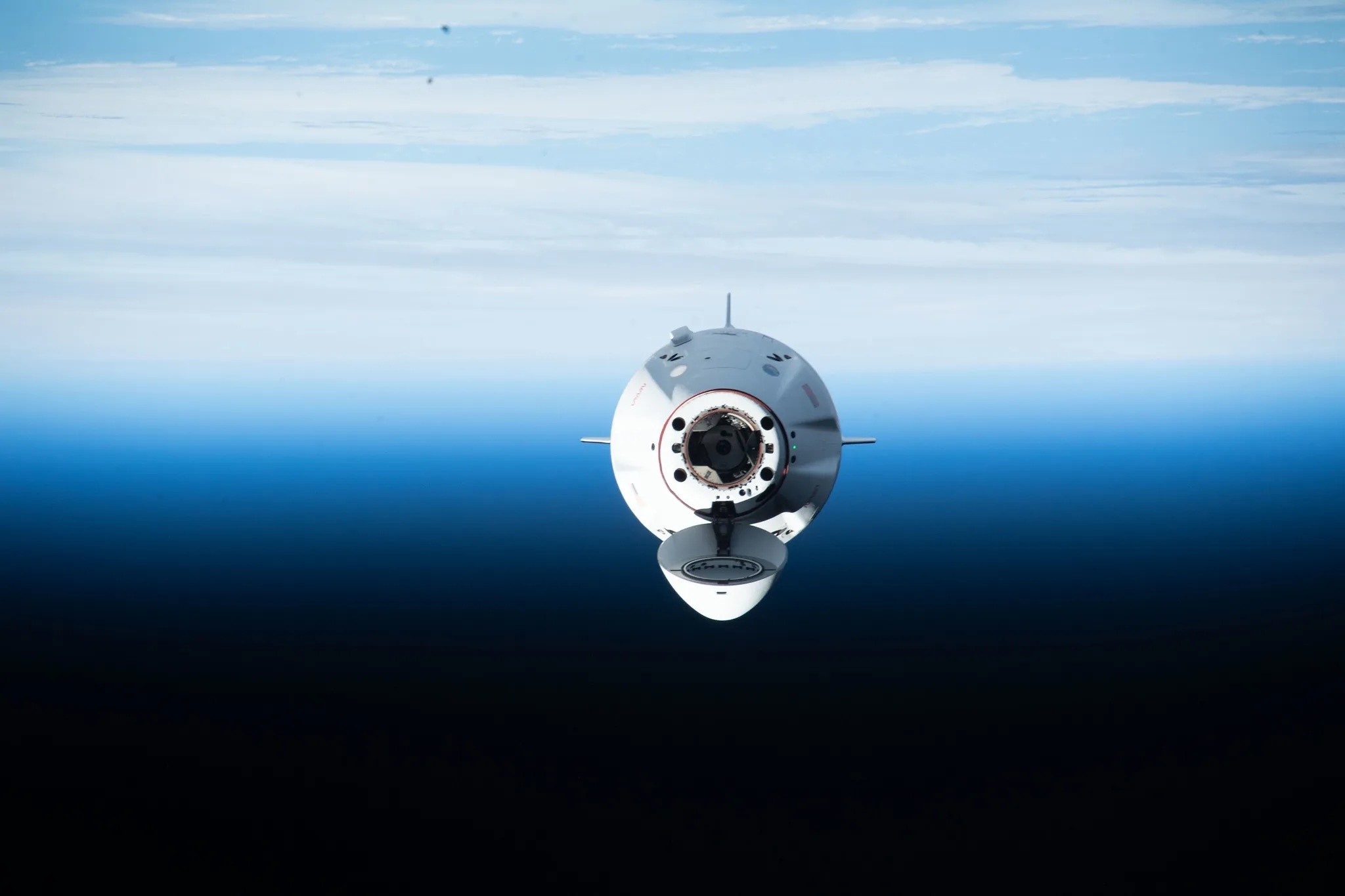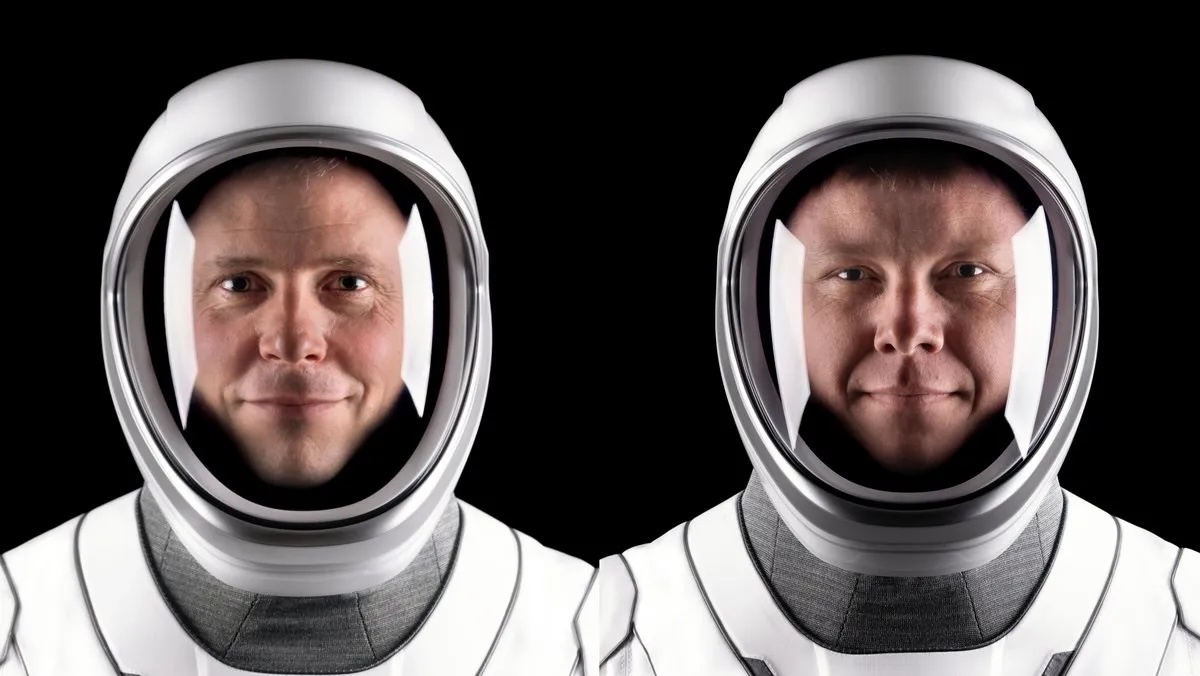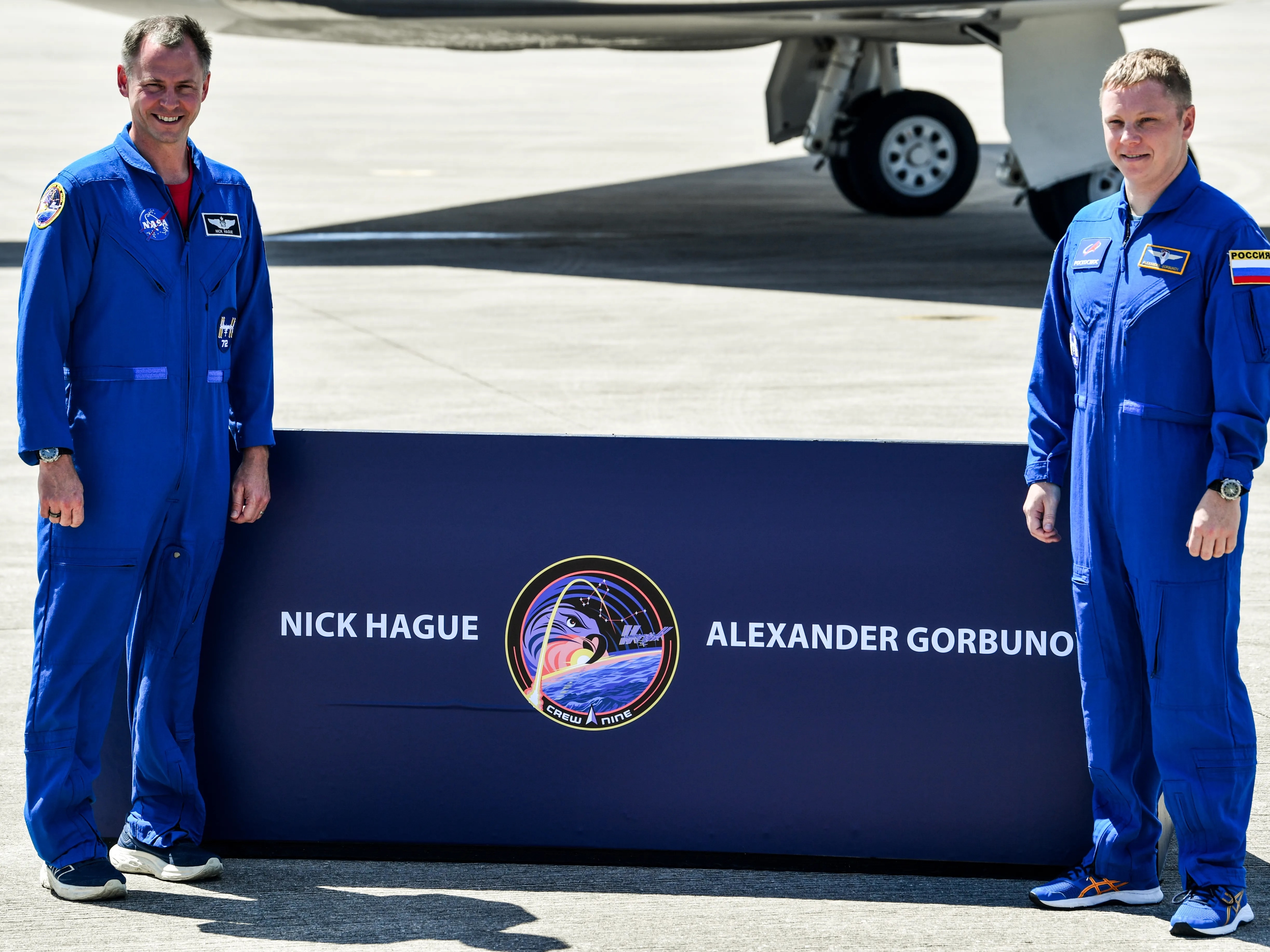Russian cosmonaut Alexander Gorbunov will become a member of the Crew-9 mission to travel to the International Space Station (ISS) in August, the US National Aeronautics and Space Administration (NASA) said.
"Four crew members are preparing to launch to the International Space Station and conduct a wide-ranging set of operational and research activities," NASA said in a statement. "NASA astronauts Commander Zena Cardman, Pilot Nick Hague, and Mission Specialist Stephanie Wilson, and Roscosmos cosmonaut Mission Specialist Aleksandr Gorbunov, will join Expedition 71 and 72 crew members no earlier than August."
It will be the first space flight in Gorbunov’s career. Earlier, he was a backup for Alexander Grebenkin, who is to travel to the orbital station with the Crew-8 mission.
In July 15, 2022, Roscosmos announced that an agreement had been signed on joint cross flights of Russian cosmonauts and American astronauts to the ISS, involving three flights of Russians aboard US spacecraft. Looking back on 2023, Roscosmos reported that the cross flights are expected to run up to and including 2025.

